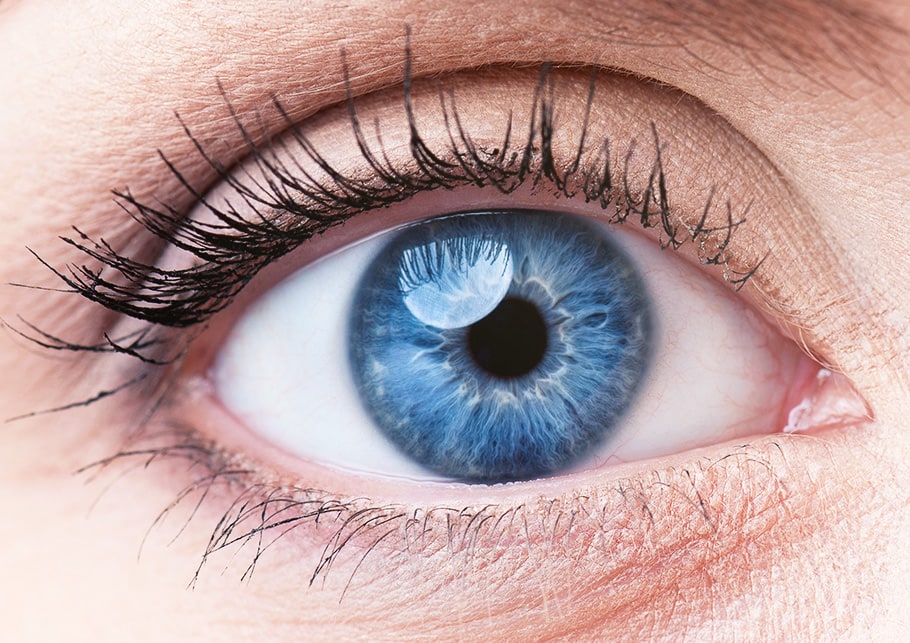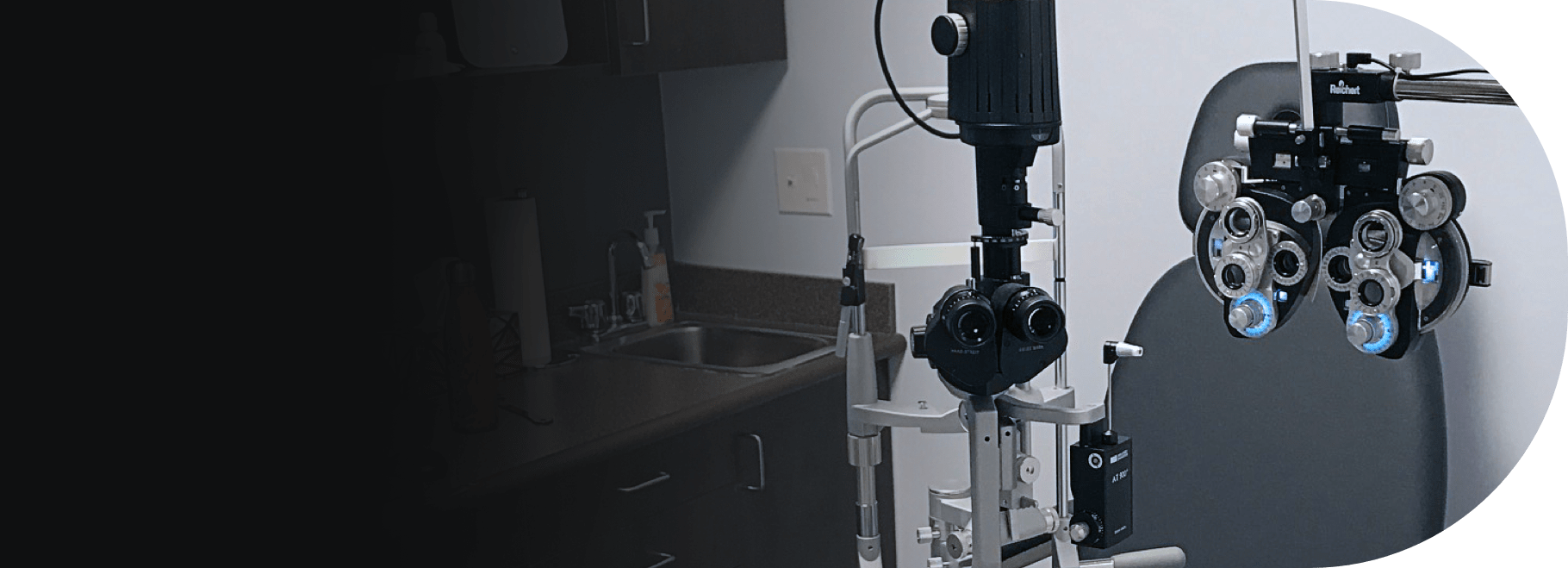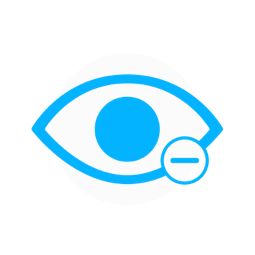Relief Is Only an Appointment Away
Millions of Canadians struggle with dry eye but fortunately there are ways our team can help provide the relief you need.
With the help of our compassionate team and comprehensive eye care approach, we look for the root cause of your dry eye symptoms to create long-lasting relief strategies unique to your needs. Learn how we can support your eye comfort today by booking an appointment with See Eye Clinic.
It’s time to enjoy your visual comfort and clarity.

Do You Struggle With Dry Eye?
Dry eye is a common eye condition many patients may experience throughout their lives. Some even struggle with chronic dry eye symptoms like:
- Burning or stinging sensations
- Fluctuating vision
- Excessive watering
- The feeling of something “stuck” in the eye
Chronic dry eyes can develop for various reasons, like aging, previous eye surgery, medications or health problems. By determining what may be causing your discomfort, we can help address your symptoms and provide the relief you’ve been looking for.


The 2 Types of Dry Eye
There are 2 types of dry eye that can develop: evaporative dry eye and aqueous tear deficiency. Both can cause similar symptoms, but they occur for different reasons.
Nevertheless, both versions of dry eye affect your tear film, a layer of tears that covers your eye and keeps it comfortable. The tear film is made of 3 distinct components (mucus, water and oil), but an imbalance of these ingredients can lead to dry eye symptoms.
Before we can recommend a treatment, we first need to determine which type of dry eye you’re experiencing and how it may be developing.
Evaporative Dry Eye
Evaporative dry eye (EDE) is the most common version of dry eye. It’s characterized by the lack of oil content in your tear film, which can cause your tears to evaporate too quickly and lead to dry eye symptoms.
The most common cause of EDE is meibomian gland dysfunction (MGD). MGD affects the glands in your eyelids responsible for producing the oil content in your tear film. If these glands become blocked, clogged, inflamed or damaged, you may develop a number of dry eye symptoms.
We can examine your meibomian glands using an imaging technique called meibography.
Aqueous Tear Deficiency
Aqueous tear deficiency is a version of dry eye characterized by the lack of fluid in your tears.
Your eyes depend on this fluid content to stay hydrated and comfortable, but issues like Sjogren’s syndrome, hormone imbalance and medication side effects can affect how much fluid your tears have, thereby causing dry eye symptoms.
Dry Eye Quiz
Treating Your Dry Eye Symptoms
Everybody’s eye care needs are different, so we perform a comprehensive eye exam to determine what may be causing your dry eye symptoms. From our findings, we can create a completely personalized treatment strategy to help you achieve the comfort you’re looking for.
In many cases, we can recommend an array of I-DROP eye medications to help address your symptoms. These pharmaceutical eye drops are made from preservative-free ingredients designed to hydrate and lubricate your eyes, providing you with long-lasting relief from uncomfortable dry eye symptoms.

Supporting Your Eyes: I‑VU® OMEGA‑3 PLUS
I‑VU® OMEGA‑3 PLUS is a high‑quality omega‑3 supplement designed to support eye health and help manage dry eye symptoms. Taken by mouth, it provides essential fatty acids that help improve tear quality, reduce dryness, and support overall ocular comfort. This re‑esterified formulation is easier for your body to absorb, making it an effective addition to your daily routine.
We offer a convenient 2‑month supply so you can consistently support your eye health alongside your in‑clinic treatments.
Rediscover The Meaning of Comfortable Eyes
Comfortable eyes can help support your quality of life. If you struggle with dry eye symptoms, don’t hesitate to get in touch with our team today to book an appointment.
Where To Find Us

Our Hours
- Monday: Closed
- Tuesday: 9:00 AM – 5:30 PM
- Wednesday: 11:00 AM – 7:00 PM
- Thursday: 11:00 AM – 7:00 PM
- Friday: 9:00 AM – 4:30 PM
- Saturday: 9:00 AM – 2:00 PM
- Sunday: Closed


Our Brands
















